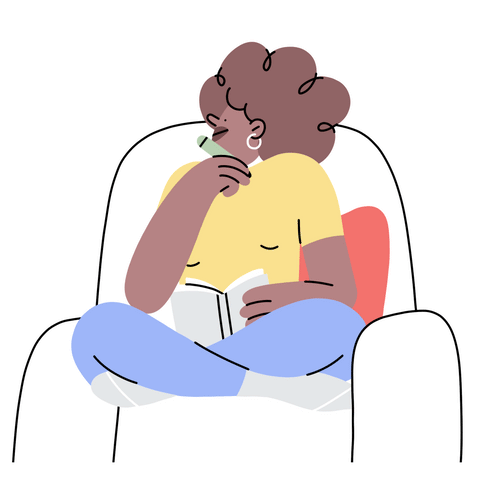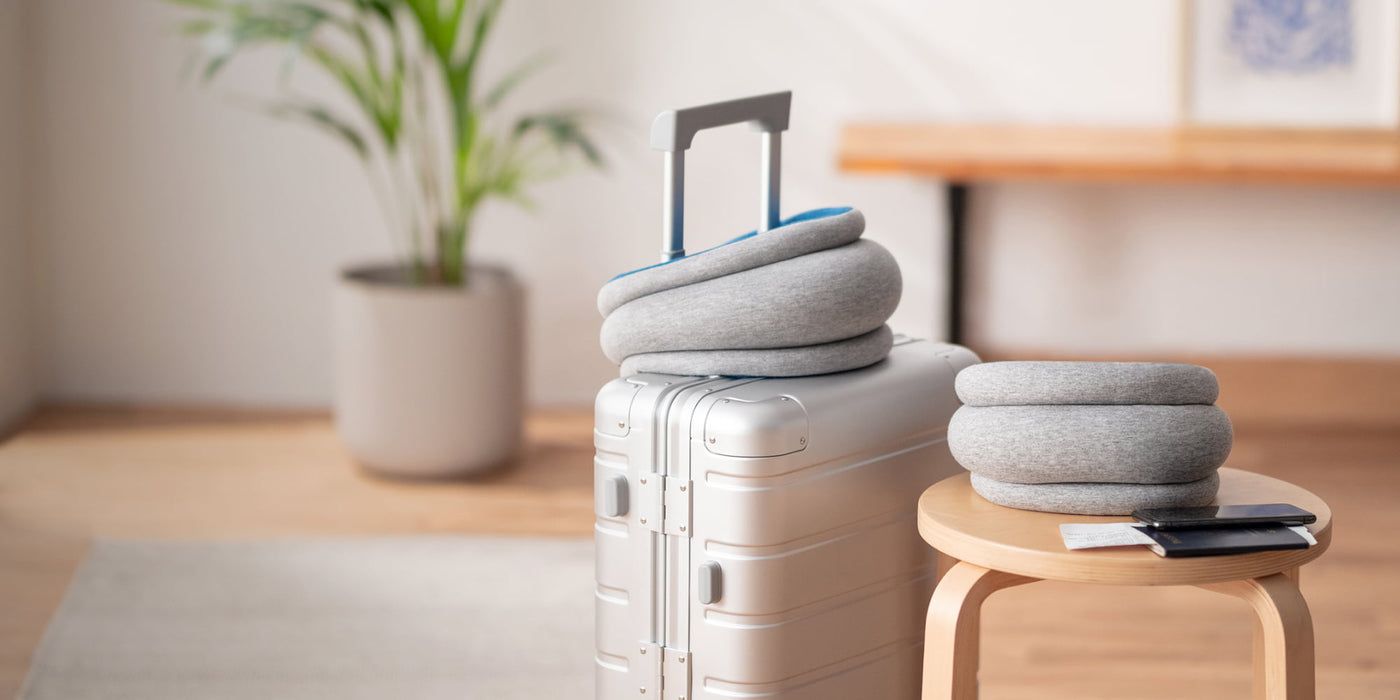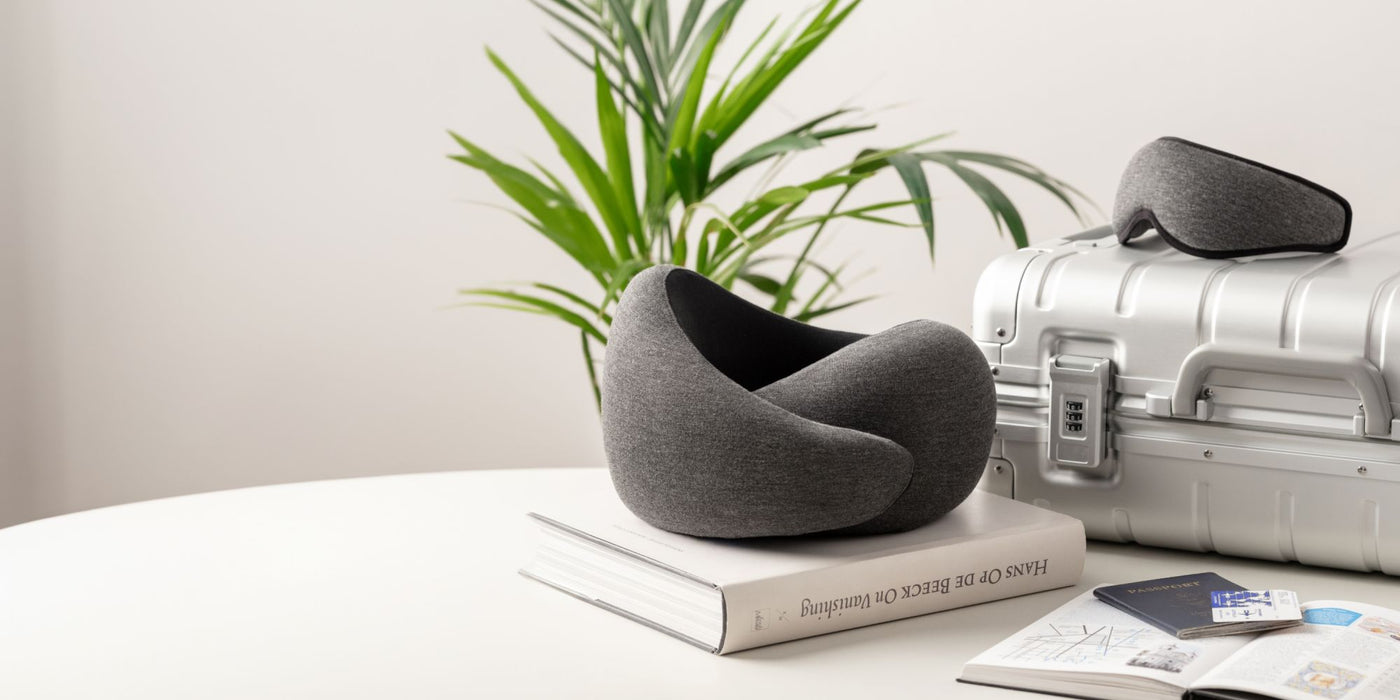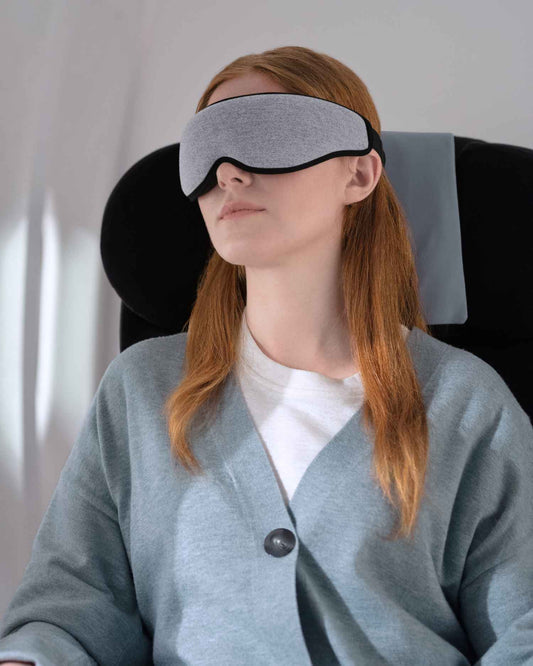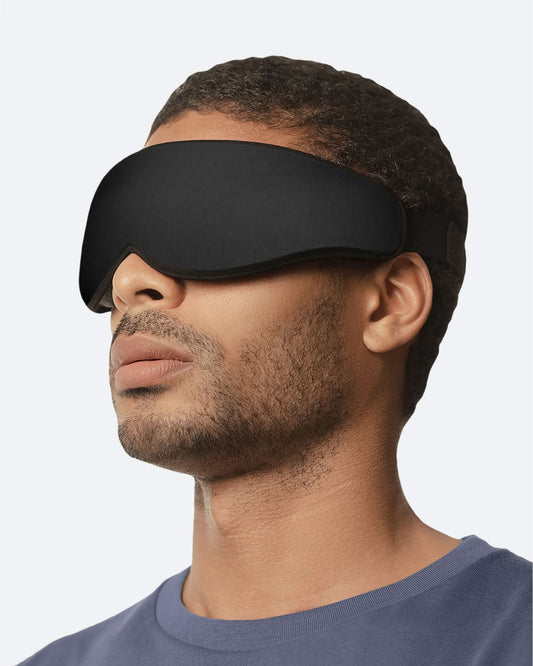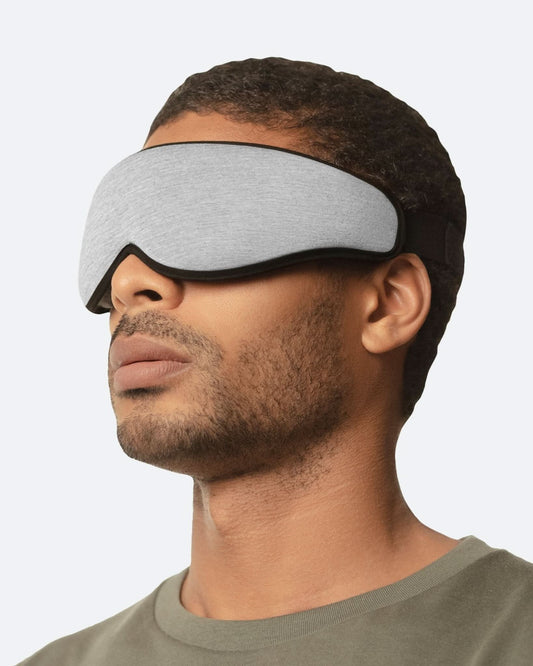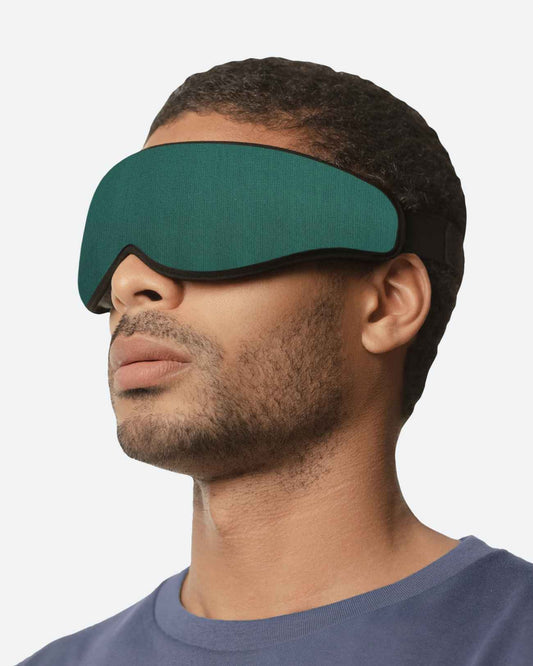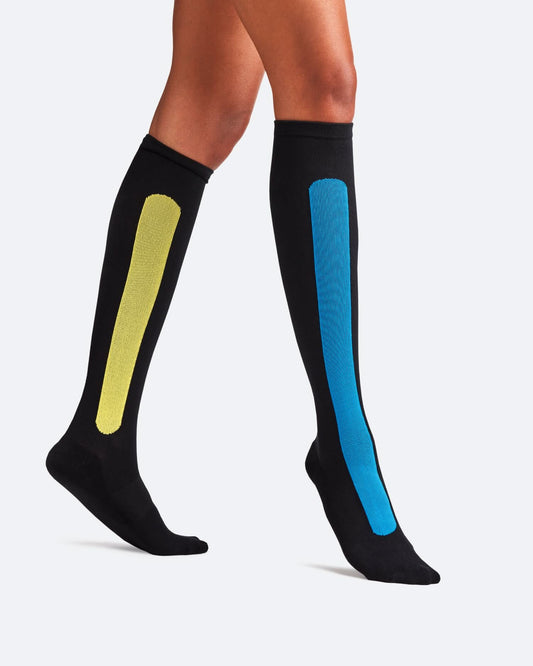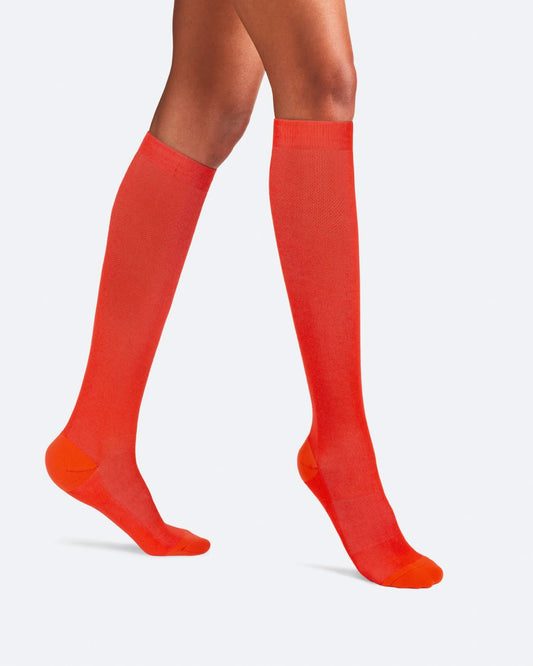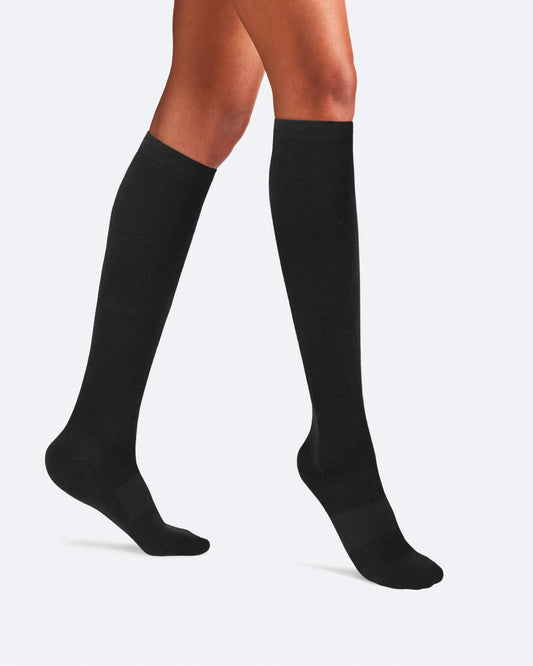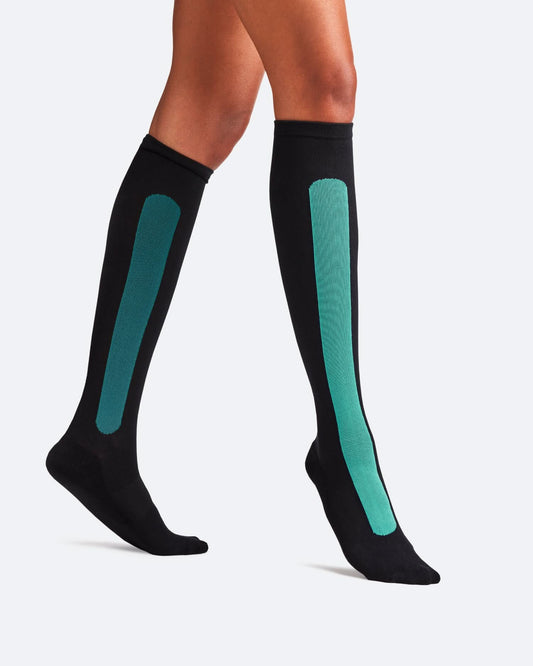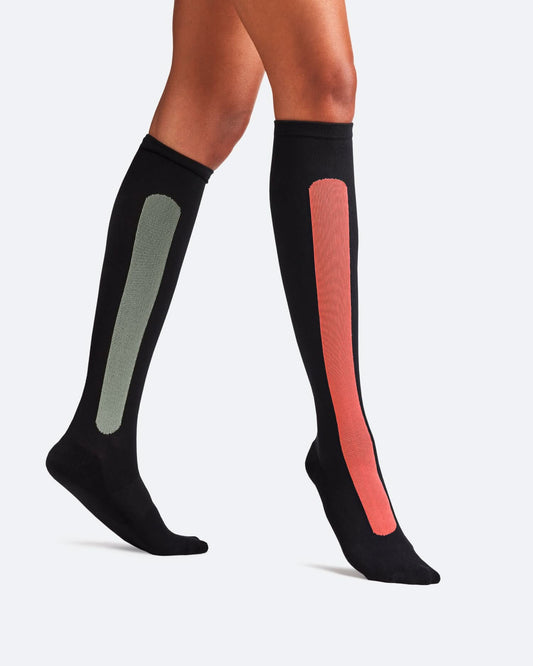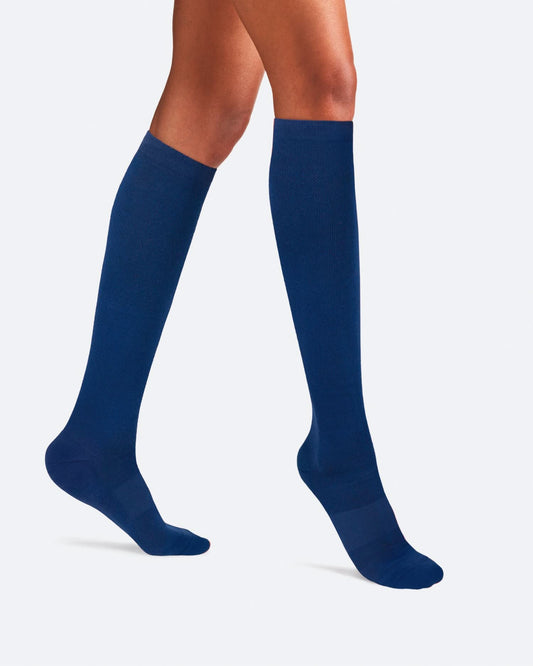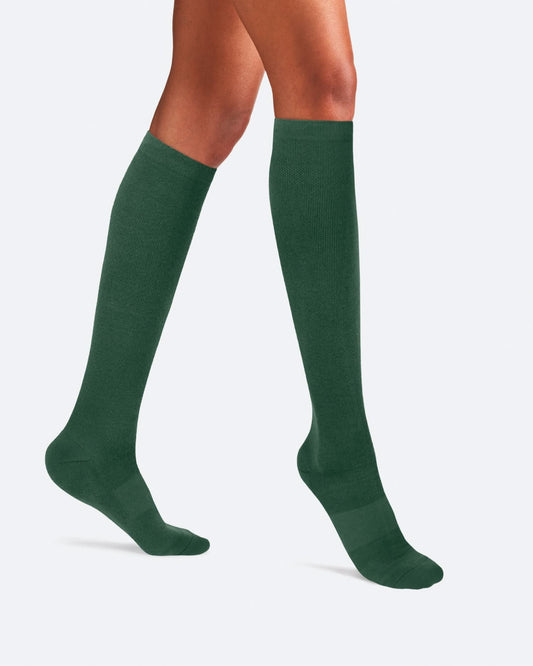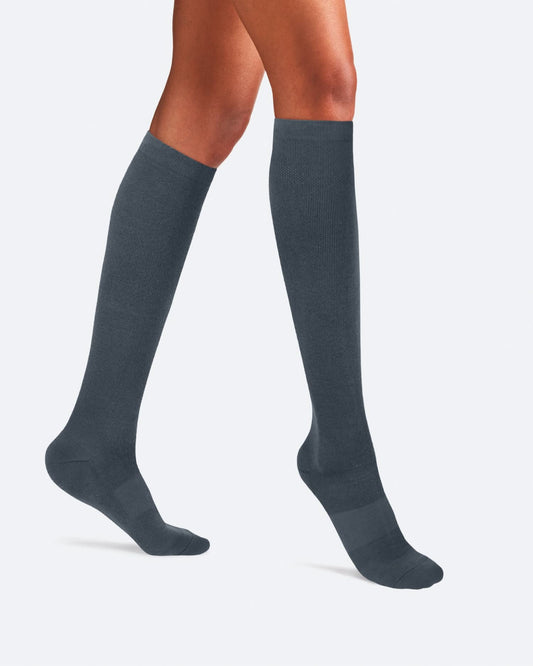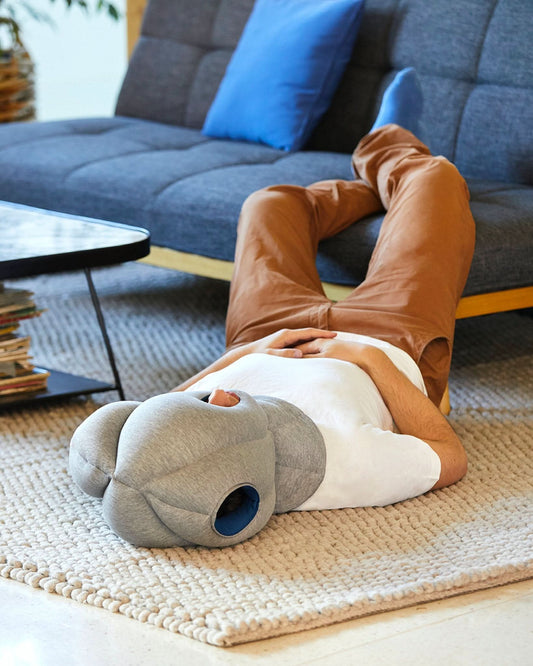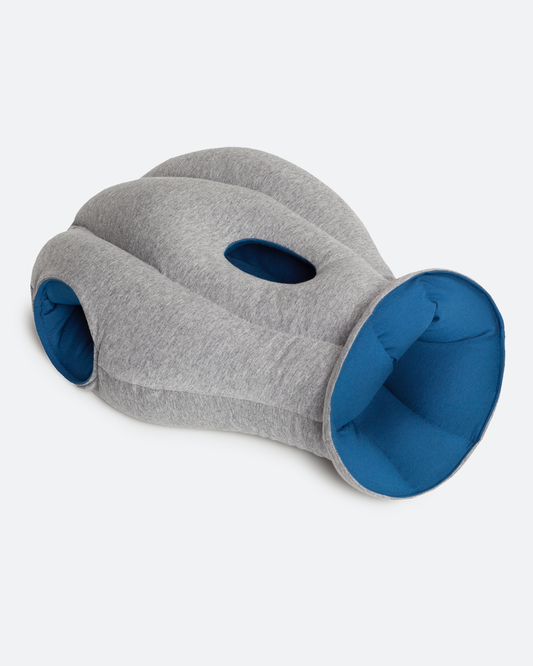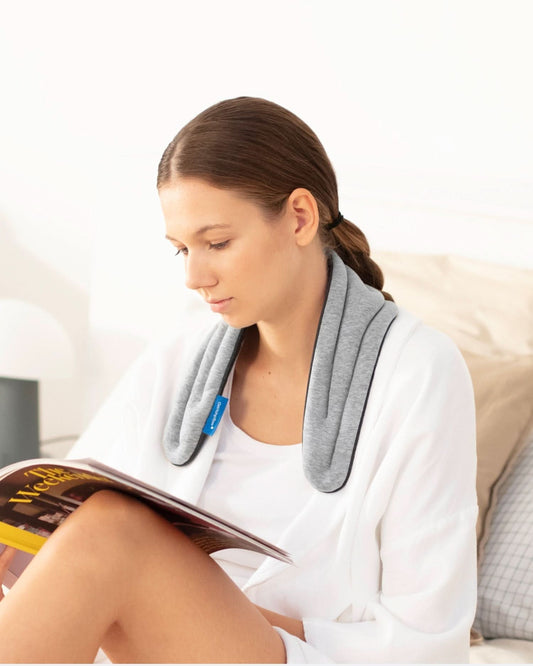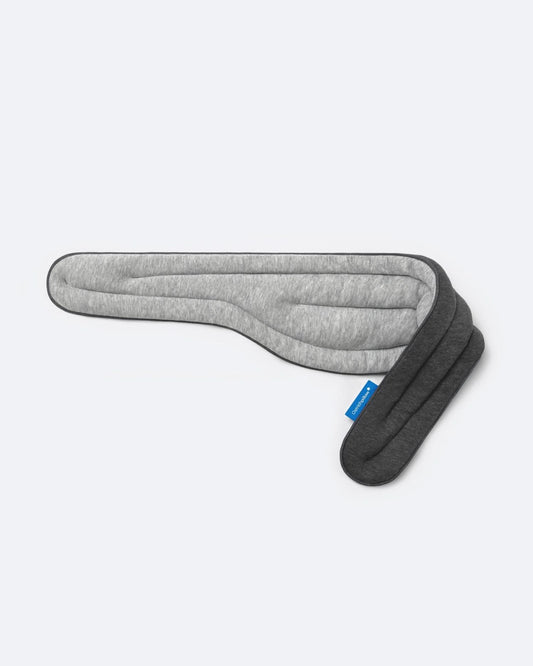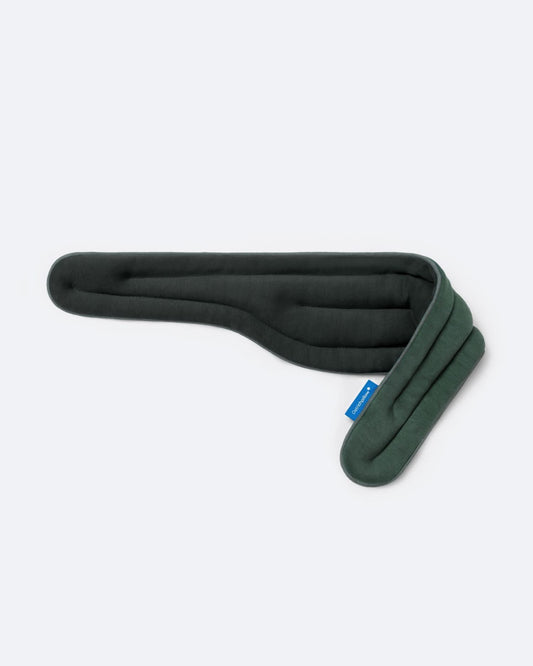
We believe that the path to wellbeing is built on small micro-moments, rituals, and habits of Self-Care. But as in all journeys, there is always a first step: discovering yourself.
Only by knowing yourself, your routines, your goals, and your motivations can you begin to create the habits necessary to improve and end up becoming the best version of yourself. And what better way to do that than by writing your life on a piece of paper?
Journaling helps you be self-aware, observing how your life is and how you feel about it: writing down your thoughts enables you to understand them more clearly. Think of it as a way to gain control of your emotions and improve your mental health. It also helps you understand recent experiences, which will prepare you to face future similar scenarios. “It is about using personal experiences as a way of documenting an experience and learning more about yourself in the process," says psychotherapist Kathleen Adams. With all that knowledge about yourself, it’s easier to define the most suitable habits you can start to improve your wellbeing.
Convinced of the benefits of journaling, we thought about how to create a product for our community that would serve as a guide to self-discovery and, at the same time, be an enjoyable experience —the result: Self-Care Journal.

Self-Care Journal
Self-Care Journal is a project we have been working for a long time. It is a product that condenses our learnings and practices about habits: how to build, keep, and review them. We had some clear ideas from the beginning: it should be easy to use, engaging, beautifully designed, with a clear structure, and, above all, helpful.
“The most important exercise we have done is to decide what should go in, what should go out,” says our CEO Pablo Carrascal.
We have designed a product we feel everyone can “own.” It contains a balanced combination between guided questions and open spaces, so everyone can feel confident even if they have never journaled before. It allows you to easily track different aspects of your life –such as your nutrition, sleep and exercise habits–, reflect on your feelings, and evaluate your progress along the way visually and straightforwardly.
We also offer some examples to avoid the fear of the blank page here.
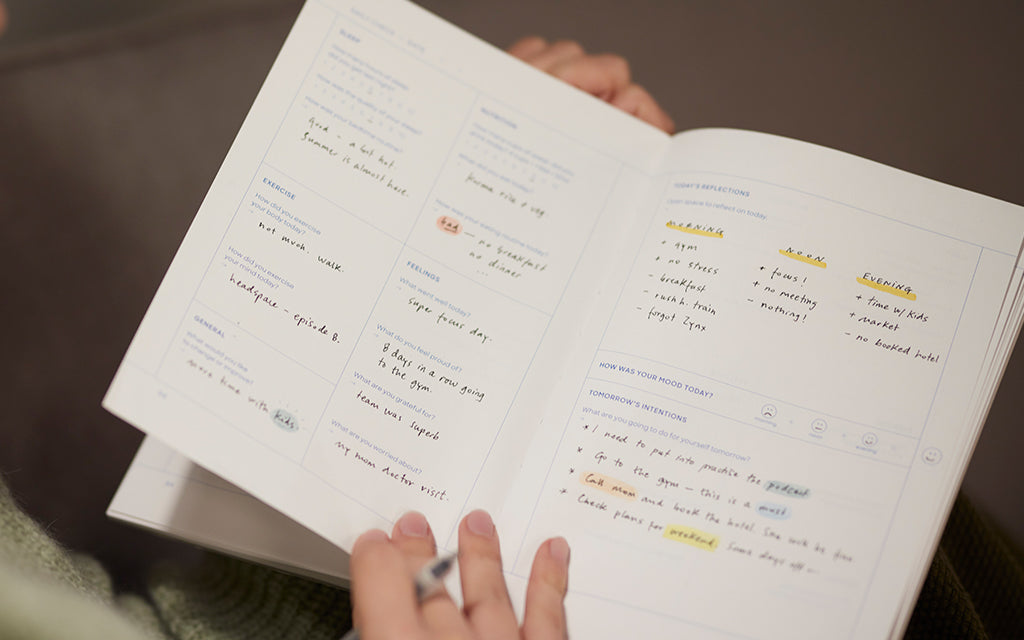
Our design process
We wanted to design a product accessible for people who already practice journaling and those reluctant to. Our day-to-day is quite different from one person to another, but we wanted to focus on what we believe are the essential Self-Care pillars, which we should share to achieve overall wellbeing.
“Something minimal, visually clear and easy to fill to have an own track, but inviting to express yourself freely and intimately,” explains Bàrbara Nicolau, graphic designer. This is not a check-box journal; this is a “How am I journal.”
It needed to be also a high-quality product, as it is aimed to be used every day for three months. Besides, it required to favor handwriting, so the materials were vital in the process.
You can read more about the design process here.
A physical and digital experience
Since journaling is a routine to nurture every day, in addition to the Self-Care Journal, we have created several online resources where we share ideas and tips to make the experience more accessible (especially for those who have never journaled before).
Building healthy habits, setting goals, and creating rewards are just some of the content that will periodically appear in the inbox as a complement to the Self-Care Journal.

How to use it
We encourage our community to set up a time for this self-reflection. If they schedule journaling into their day, they will be less likely to make excuses and have a profound moment for themselves. It should be a pleasant moment that eventually will become a routine. It is important to find a reminder that can help them take action in the beginning. We know it will be important to create an atmosphere to get comfortable to write about how you are.
Ostrichpillow.
Self-Care matters.
